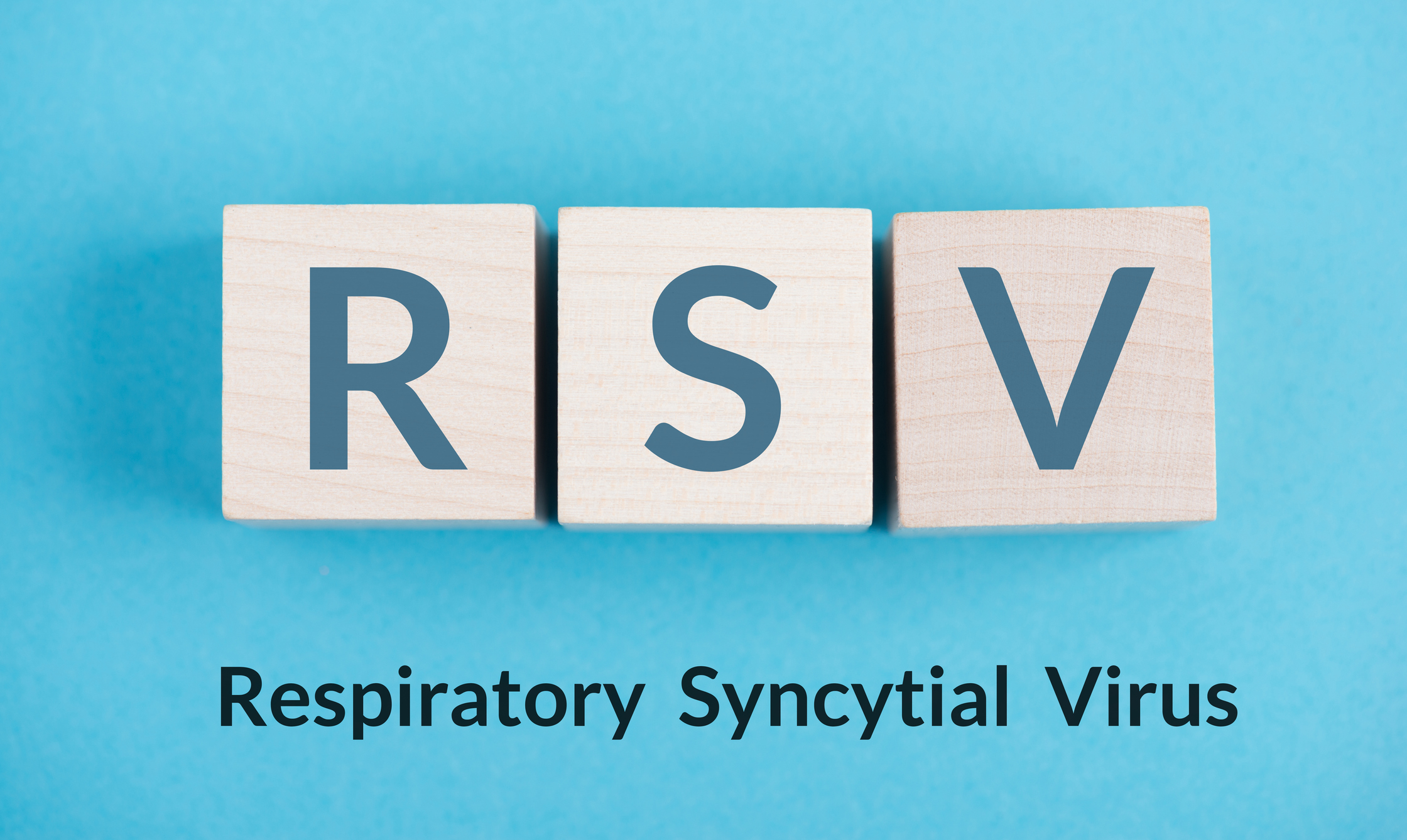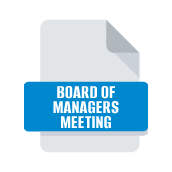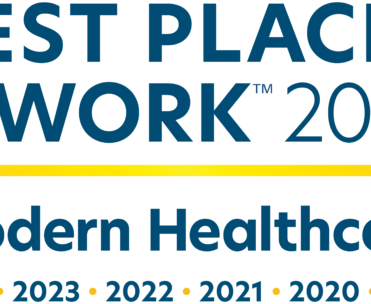
How to spot the signs of RSV
2 minutes
Respiratory syncytial virus (RSV) is so common that nearly all children have had it by their second birthday. But what is RSV? And why is it important to recognize when your child has RSV—especially RSV that may be getting worse?
RSV is a cold-like illness that affects the lungs, nose and throat. Most kids who get RSV recover on their own in a week or two. But young children with RSV can sometimes get very sick. They may get bronchiolitis (inflammation of the small airways in the lungs) or pneumonia and need to be hospitalized for a few days.
Spot the signs
RSV often starts like a mild cold. The symptoms may include a runny nose, a cough, and a fever of 100.4 degrees or higher. Very young babies with RSV may only be cranky, tired and less interested in feeding.
If the RSV gets worse, children may have additional symptoms, like fast breathing or wheezing (a whistling sound when your child breathes).
When to call the doctor
You should call your child’s doctor if your child has trouble breathing or other worsening symptoms; trouble drinking; signs of dehydration (such as fewer than one wet diaper per eight hours); or decreased alertness.
Caring for a child with RSV
There is no cure for RSV. But you may be able to ease the symptoms until the virus runs its course by:
- Using nasal saline and a suction bulb to clear a stuffy nose for easier breathing.
- Giving your child over-the-counter medicines as directed by your child’s doctor.
- Helping your child drink plenty of fluids to help prevent dehydration.
Sources: American Academy of Pediatrics; Centers for Disease Control and Prevention



